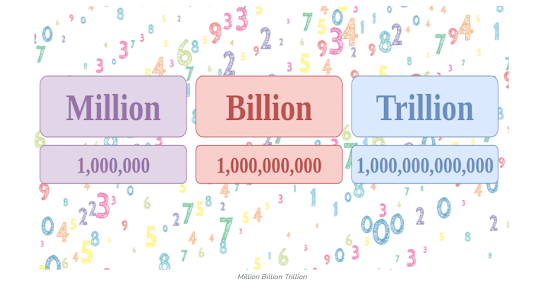DFS vs BFS
DFS vs BFS There are two ways to traverse the tree: DFS depth first search and BFS breadth first search . Here is a small summary Let's use this problem to discuss the difference between iterative BFS traversal with the queue and iterative DFS preorder traversal with the stack . Both start from the root and go down, both use additional structures, what's the difference? Here is how it looks at the big scale: BFS traverses level by level, and DFS first goes to the leaves. Now let's go down to the implementation. The idea is similar: Push root into queue (BFS) or stack (DFS). At each step pop out one node, and push its children into stack/queue. For BFS: pop out from the left , first push the left child, and then the right one. For DFS: pop out from the right , first push the right child, and then the left one.



